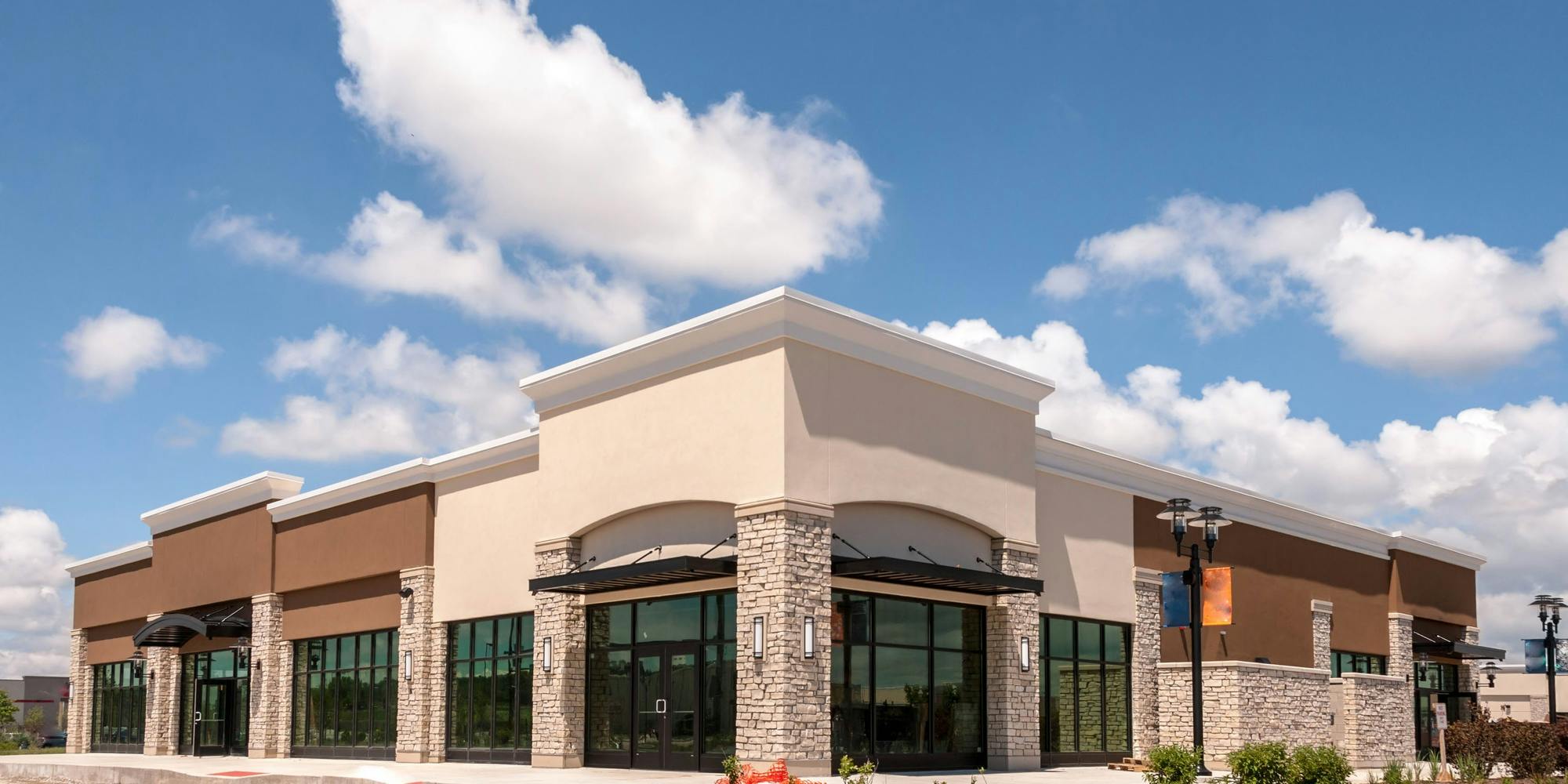A sale-leaseback is a real estate transaction where a real estate owner sells a property to a new owner and then leases back the property with a long-term lease.

If you own commercial real estate, you may be considering several options to monetize your investment. A sale-leaseback is one strategy to explore to maximize value and financial return.
In this article, we will discuss everything you need to know about a sale-leaseback, including:
A sale-leaseback is a real estate transaction in which a real estate owner sells a property to a new owner and then leases back that same property through a long-term lease. Also known as a sale-and leaseback or a leaseback, the transaction enables the seller to become a lessee and the new owner to become a landlord.
Real estate owners use sale-leasebacks to raise capital or divest real estate assets without selling equity ownership in their underlying operating business. Once the property is sold to a new investor, the seller enters into a lease agreement for an agreed-upon rent for a set duration. Once a sale-leaseback is completed, the seller of the real estate property becomes the lessee and the purchaser becomes the lessor. As a lessee, the seller can raise capital, divest a real estate asset, and use the real estate to operate its business.
Sale-leasebacks are attractive to real estate owners who want to use an alternative, creative strategy to raise capital other than traditional debt financing or equity financing.
A sale-leaseback offers several advantages to both sellers and purchasers of commercial real estate property.
Sellers of real estate can enjoy the following benefits through a sale-leaseback:
Purchasers of real estate can use sale-leasebacks to gain several advantages, including:
While there are many advantages to entering a sale-leaseback, buyers and sellers should weigh the disadvantages as well. For example:
Sellers:
Buyers:
Lease default. A seller/lessee could default on the lease, which could be a material risk for a buyer/lessor. If a buyer/lessor cannot secure a replacement tenant, the buyer could risk lost rental income and vacancy.
Property management. As a real estate owner, the buyer/lessor is financially responsible for repairs, maintenance, and upgrades.
As a commercial real estate owner, there are several reasons why you would consider a sale-leaseback. For example:
If you’re considering financing options for your real estate asset, you may be wondering, “Is a sale-leaseback right for me?” To answer that question, make sure to consider several variables.
First, it’s important to understand that a sale-leaseback allows you to sell your real estate without selling your business. If you plan to operate your business but no longer want to be an owner-operator, then divesting your real estate asset to raise cash can be an effective strategy.
Second, if you’re considering selling your business, a leaseback can help you maximize profit. For example, separating your operating business from your real estate creates more transparency, which can result in a buyer paying you fair market value for your real estate asset. In contrast, selling your business inclusive of real estate ultimately could result in a purchase price that undervalues your real estate. Plus, by negotiating a longer-term lease, a buyer may be willing to pay a higher price given a longer horizon of predictable cash flow.
Third, a leaseback can provide flexible financing if you need to pay off debt, fund operations or increase growth. Rather than sell equity or raise more debt with covenants, a leaseback can provide an alternative financing solution.